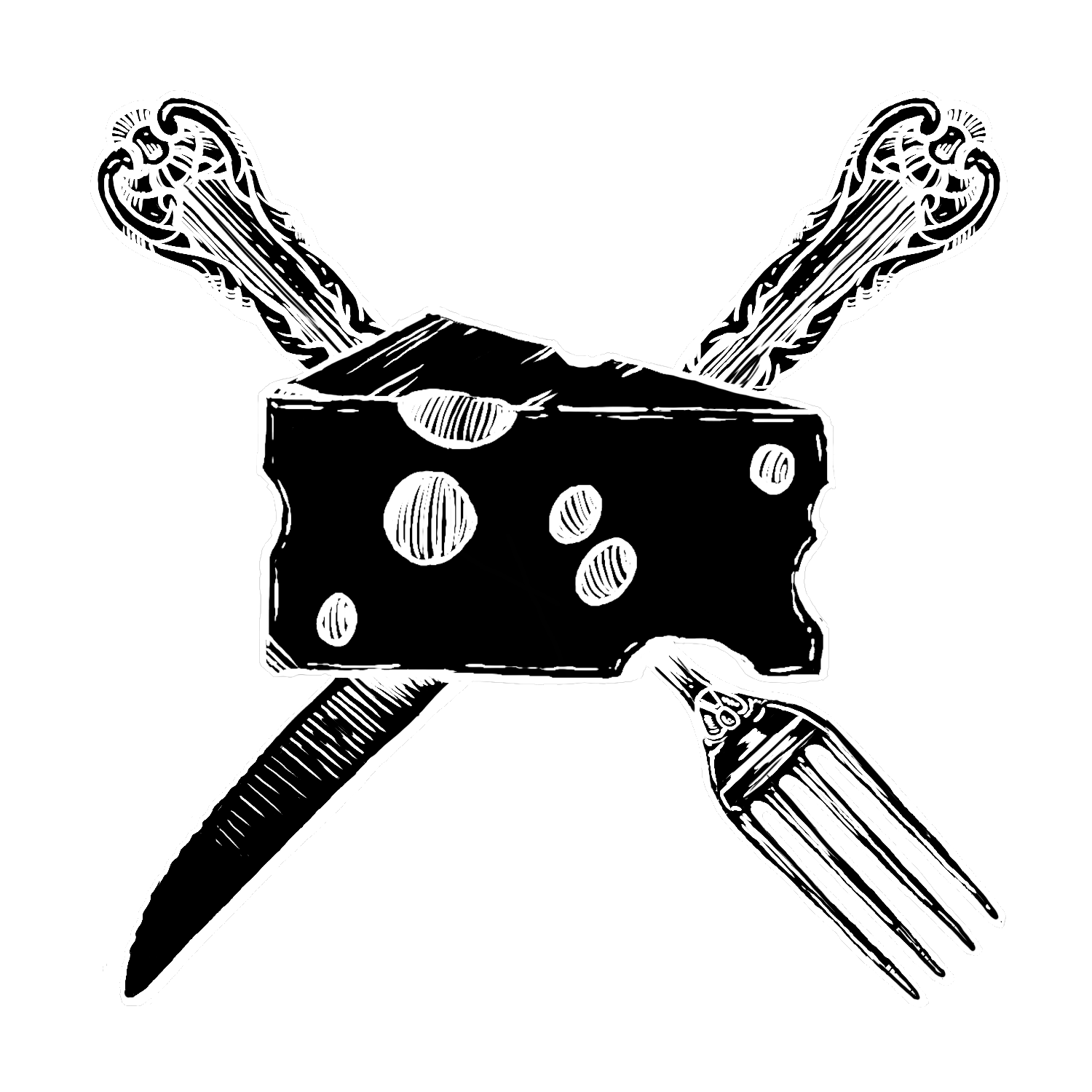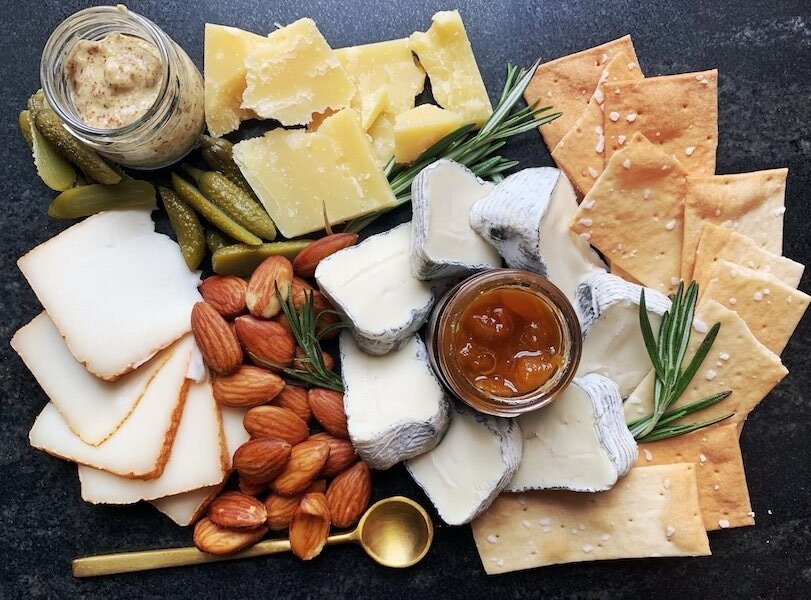How to Cut Cheese the Right Way
Learning how to cut cheese is one of the most important skills a cheese slut can master. Whether you’re breaking down a wheel of brie or slicing up a wedge of gouda, the way you cut it affects the taste and texture of the cheese. So, how do you cut cheese the right way?
Cut the Cheese
How you slice a wedge of cheese isn’t just about aesthetics: it affects the way a cheese tastes and feels in your mouth. Every cheese has a preference for how it wants to be cut, and you can always tell based on its shape. Here’s a helpful little guide on how to cut cheese the right way. If you’re building a platter, you don’t need to cut up every cheese completely. I actually recommend against it, because if not all the cheese is consumed, then the slices will deteriorate fast versus an intact wedge that will keep longer. However, making the first incision will help guide your guests and prevent mangled cheese.
How to Cut Cheese, According to Its Shape
Round
You’re aiming for a perfect rind-to-paste ratio, so try to slice it into wedges just like you would a pie or cake. Start by slicing in half, then turn and cut it in half again so you have quarters. Continue bisecting into smaller pieces, depending on the wheel’s overall size. Each piece should be half an ounce.
Examples: Bonne Bouche from Vermont Creamery, Camembert from France, Mt Tam from Cowgirl Creamery
Square
It’s the same philosophy as the round wheel: you want a little rind and a little paste. Slice into triangles just like you would a grilled cheese. Cut it in half diagonally, corner to corner. Then, cut in half from the opposite corners so that it’s in quarters. Bisect perpendicularly, from both top-to-bottom and side-to-side.
Examples: Taleggio from Italy, Pont-l’Évêque from France, or block cheddar like Red Rock
Logs
These are usually soft goats. Slice into coins, about 1/4“ thick. If it has a large diameter, like bucheron, you can then cut it like a pie, the same way you would cut a round wheel.
Examples: Saint-Maure, Cana de Cabra, fresh chévre
Pyramid
You’re going to take the same approach as you would a square for this small category of bloomy-rinded cheeses. Keeping the bottom flat, cut in half from corner to corner. Then, cut in half perpendicularly on both sides.
Examples include Capriole Pipers Pyramid, Baetje Farms Bloomsdale, and Valençay
Spruce-Wrapped Rounds
Keep these ladies inside their bark, or they’ll ooze all over the place. Use a paring knife to carefully slice all the way around the top rind, just inside the bark. Slowly peel back and remove the top rind, then stick a spoon in her creamy center. You can also just take o half the top rind, which makes for a sexy, scantily clad presentation.
Examples: Vacherin Mont d’Or from France, Harbison from Jasper Hill Farm, or Rush Creek Reserve from Uplands Cheese
Rectangle
These guys come in huge wheels and are very aged, so they’re going to have a lot of deep flavors. The key to accessing those flavors is surface area, meaning you want thin slices rather than cubes. Use a very sharp knife and slice them 1/8” thick lengthwise, from the top rind to the bottom rind.
Examples: Gruyère, Emmentaler, and Comté
Triangular Wedge
You also want a lot of surface area here, so keep the slices thin. Cut off the top and bottom rind, then slice lengthwise into thin triangles. Leave the back rind on to use as a handle, like pizza crust.
Examples: Manchego, Pleasant Ridge Reserve, and Tomme
Crumbly Cheeses
No matter how hard you try, you’ll never get a clean cut from a super fudgy blue or a crunchy aged cheese. They just want to crumble, so let them. Set out a large “showpiece” and crumble a portion into snackable chunks with the tip of a knife.
Examples: Maytag Blue, Parmigiano, Aged Gouda










